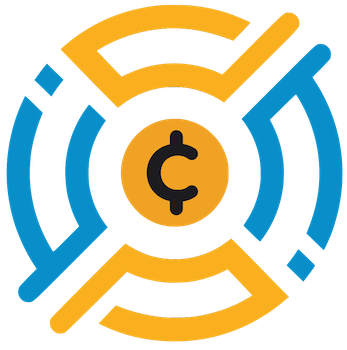The recent announcement of the Pi Network Hackathon was marketed as a milestone for the ambitious cryptocurrency project that has captured the interest of many early adopters. However, beneath the surface of this seemingly innovative event lies a complex web of hype, unfulfilled promises, and underlying doubts about the project’s long-term viability. The decision to launch a hackathon—an event typically associated with well-established ecosystems—raises questions about Pi’s true readiness for real-world utility and whether such promotional efforts are enough to attract mainstream trust. While the event might appear as a step forward, it ultimately appears more like a superficial attempt to generate buzz rather than a meaningful push toward true decentralization or widespread adoption.
The core issue with this hackathon is the persistent disconnect between presentation and substance. The platform is still navigating an uncharted terrain, with Pi’s native tokens holding a fraction of their former value and the broader market showing little faith. The initiative to incentivize developers through token rewards certainly sounds promising on paper, but are these incentives sustainable or merely a short-term marketing ploy to mask deeper structural flaws? The community’s enthusiasm is understandable, yet it is difficult to ignore that the entire project still struggles with transparency, regulatory uncertainties, and questions about whether the Pi ecosystem can transition from a closed, invitation-only environment to a truly open, usable network.
The Real Currency of the Hackathon: Hype or Long-Term Value?
Rewarding the top developers with substantial quantities of Pi tokens—up to 75,000 for the first-place team—may invigorate excitement during the event, but the real question is whether these tokens will retain relevance beyond the hackathon. Given Pi’s dramatic 88% drop from its peak earlier this year, it’s questionable whether the native token has any genuine utility or just serves as a speculative asset with little real-world backing. Prominent investors and developers are increasingly cautious, understanding that short-term incentives may not translate into meaningful adoption unless the network demonstrates tangible, long-term value.
Furthermore, the hackathon’s emphasis on feature development, UI/UX, and utility compliance seems optimistic but perhaps naive. Building applications that are community-driven and useful is a noble aim; yet, without a functioning decentralized infrastructure that encourages actual economic activity, these projects risk being isolated experiments rather than catalysts for genuine usage. The project’s reliance on a ‘mainnet’ that is still in its infancy is a weak foundation for sustainable development. The current focus appears to lean more toward creating a narrative of progress than establishing a resilient, scalable ecosystem.
The Broader Implications: Is Pi Just Riding the Hype Wave?
From a pragmatic center-right perspective, the Pi Network’s approach feels like a cautionary tale of over-hyped blockchain projects that promise much but deliver little. The cryptosphere is rife with similar efforts—promises of revolutionizing finance or democratizing technology—yet many collapse under the weight of their own unrealistic ambitions. Pi’s strategy to gamify development through hackathons and community challenges might generate temporary enthusiasm, but it does little to address fundamental issues such as decentralization, security, and real utility.
The recent token price bump—an almost negligible 2.5% increase amidst the market sell-off—carries a telling significance. It suggests that Pi’s value is still heavily tethered to speculative interests rather than genuine demand or adoption. For a project rooted in the ideals of a decentralized future, this reliance on tokens as incentives rather than actual use cases reveals an underlying fragility. What the project needs now—more than hackathons or promotional events—is clear, transparent progress toward building a legitimate, functioning ecosystem that can withstand scrutiny and market volatility.
Overall, the Pi Network’s endeavor to rally its community through hackathons is a risk-laden gamble. It might temporarily elevate the project’s profile, but unless these efforts translate into real utility, widespread adoption, and a sustainable economic model, they risk being nothing more than fleeting flashes of hype in a landscape dominated by skepticism. If the project continues down this path, it might end up as another cautionary tale for investors and enthusiasts alike—one that highlights the peril of misplaced optimism in a sector starving for genuine innovation.














